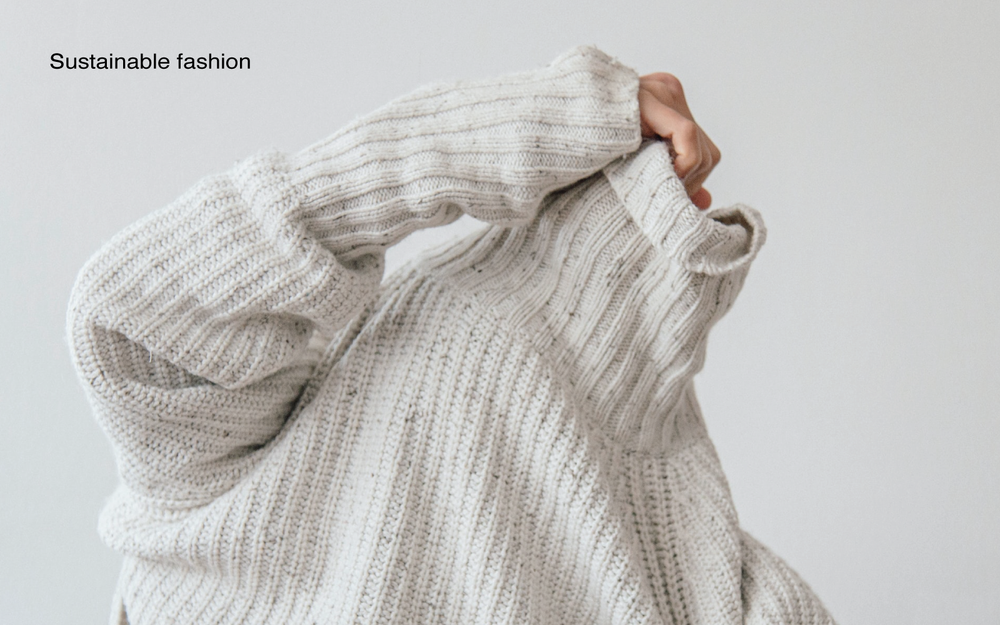
In recent years, there has been increased scrutiny of the fashion industry for its environmental impact. From the production of textiles to the disposal of waste, the fashion industry is a significant contributor to climate change. In this article, we will explore the impact of the fashion industry on the environment and what steps can be taken to create a more sustainable industry. We will also highlight some of the designers who are leading the way in sustainable fashion.
The Fashion Industry and Climate Change
The fashion industry is responsible for 10% of global carbon emissions and is the second-largest consumer of water worldwide. The production of textiles, including the cultivation of cotton and the production of synthetic fibers, is a significant contributor to carbon emissions. The dyeing and finishing of textiles also consume vast amounts of water and energy.
In addition, the disposal of textile waste is a significant environmental problem. According to the Ellen MacArthur Foundation, the equivalent of one garbage truck of textiles is landfilled or incinerated every second, contributing to greenhouse gas emissions and other environmental impacts.
The fashion industry also has a significant impact on the environment in terms of social responsibility. Many of the workers who produce fashion items work in poor conditions and earn low wages. The industry is also known for its wasteful practices, including the destruction of unsold clothing and accessories.
Creating a Sustainable Fashion Industry
The fashion industry can take several steps to reduce its impact on the environment and create a more sustainable industry. These steps include the use of sustainable materials, the implementation of circular fashion practices, and the adoption of responsible labor practices.
Sustainable Materials
One of the most significant steps that the fashion industry can take to reduce its impact on the environment is to use sustainable materials. Sustainable materials are those that are produced using methods that do not harm the environment and that can be recycled or composted at the end of their life cycle.
Organic cotton, for example, is grown without the use of synthetic pesticides or fertilizers, reducing the amount of pollution associated with cotton production. Other sustainable materials include hemp, linen, and recycled polyester. These materials can be used to create a range of products, including clothing, bags, and shoes.
Circular Fashion
Another way to create a more sustainable fashion industry is to implement circular fashion practices. Circular fashion refers to the reuse, repurposing, and recycling of clothing and accessories. This approach reduces waste and extends the life cycle of products, reducing the need for new production.
One example of circular fashion is upcycling. Upcycling involves taking existing clothing items and transforming them into something new. This approach can include alterations, embellishments, and redesigns. Upcycling can be done at home or by designers, creating unique and personalized fashion items.
Another example of circular fashion is textile recycling. Textile recycling involves the collection and processing of textile waste to create new products. This approach can involve shredding, spinning, and weaving textile waste into new fabrics, reducing the need for new production.
Responsible Labor Practices
Finally, creating a sustainable fashion industry requires responsible labor practices. This includes paying workers fair wages, providing safe and healthy working conditions, and respecting human rights. The fashion industry has a long history of labor exploitation, particularly in developing countries, and addressing these issues is crucial to creating a sustainable industry.
Designers Leading the Way in Sustainable Fashion
Many designers are leading the way in sustainable fashion, creating eco-friendly collections that prioritize environmental and social responsibility. These designers are using sustainable materials, implementing circular fashion practices, and promoting responsible labor practices. Below are some of the designers who are making a difference.
Many designers are doing their part to create eco-friendly collections. One such designer is Stella McCartney, who has been a pioneer in sustainable fashion since she launched her brand in 2001. She uses sustainable materials such as organic cotton, recycled polyester, and vegan leather. Another designer is Mara Hoffman, who uses sustainable materials and production methods, such as using natural dyes and recycled fabrics.
In conclusion, the fashion industry has a significant impact on the environment, and steps must be taken to reduce its negative impact. Designers have a responsibility to create eco-friendly collections, and consumers can make a difference by choosing sustainable fashion and supporting brands that are committed to reducing their environmental impact.


Leave a comment
Also in Blog posts
Fashion and Technology: Innovating Designs and Enhancing the Shopping Experience
Continue reading
The Rise of Streetwear: A Cultural Phenomenon Shaping Mainstream Fashion
Continue reading
What to know about Tracksuits for Women?
Continue reading